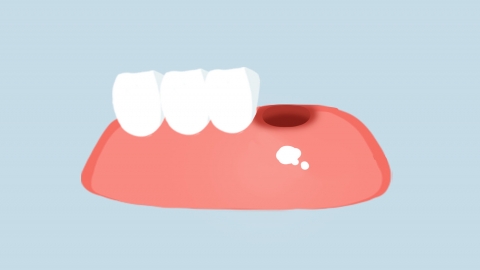Why do gums recede?
Under normal circumstances, gingival recession is mainly caused by improper brushing techniques, periodontal diseases, aging, misaligned teeth, and poorly fitted dental restorations. A detailed analysis is as follows:
1. Improper brushing techniques
Long-term horizontal brushing, use of hard-bristled toothbrushes, or excessive brushing force can continuously wear down the gum tissue and cervical tooth structure, damaging the physiological shape of the gums. This leads to gradual gum recession toward the root of the tooth and may be accompanied by cervical wedge-shaped defects.

2. Periodontal disease
Periodontitis is a common cause of gingival recession. Long-term irritation from dental plaque and tartar can lead to gum inflammation, redness, and swelling. As inflammation progresses, it damages the periodontal ligament and alveolar bone, causing the gums to lose support and gradually recede. This is often accompanied by symptoms such as bleeding gums and bad breath.
3. Aging
With increasing age, various tissues and organs in the body undergo physiological degeneration. Gum tissue gradually becomes thinner and less elastic, while the alveolar bone experiences physiological resorption. These changes result in natural gum recession toward the tooth roots, typically presenting as generalized, uniform recession across all teeth.
4. Misaligned teeth
When teeth are crowded or malpositioned, local cleaning becomes more difficult, creating hygiene blind spots that promote plaque accumulation and gum inflammation. Additionally, uneven distribution of biting forces on misaligned teeth increases stress on local gum tissue and alveolar bone, which over time can trigger gum recession.
5. Poorly fitted dental restorations
Inadequate dentures, fillings, or other restorations can irritate gum tissue and cause chronic inflammation. If restoration margins do not fit tightly, food impaction and plaque buildup may occur, leading to persistent gum damage and eventual recession—commonly seen around the gum areas adjacent to the restorations.
In addition, factors such as smoking and diabetes may indirectly contribute to or exacerbate gingival recession. In daily life, it's important to maintain proper brushing habits, undergo regular oral examinations and cleanings, and promptly treat any dental conditions to reduce the risk of developing gingival recession.




